Last-Minute NYC Holiday Gift Guide 🎁
We’ve created a holiday gift guide with presents for the intrepid New Yorker that should arrive just in time—


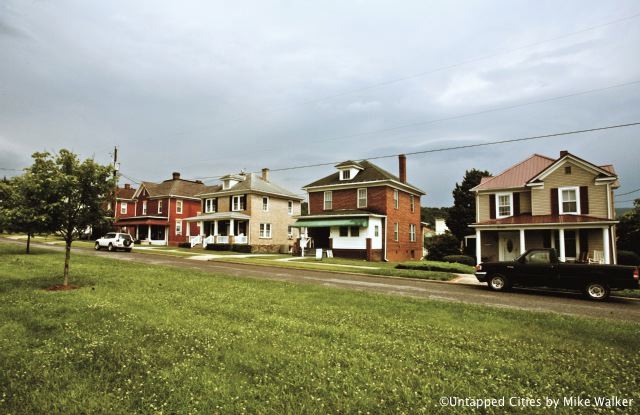
Typical mid-century homes in Covington, Virginia
What is a “mill town“? A town near the type of old-fashioned gristmill you see on postcards or oil paintings at a flea market? Not really, though in their time, these would have probably qualified, too. The mill towns of the twentieth century through the current day are moderate-sized (sometimes large) cities built around one or more factory that forms the basis of the local economy.
These started out in England and the US as Industrial Revolution-era textile mills, but the concept has spread to other forms of industry that employ large numbers of people, often in shift work, and produce (mostly) durable goods, often for retail. With the shift away from an American-based manufacturing industry to one overseas, many mill towns have suffered markedly and the question of saving them and their often unique architecture has been a national concern in urban planning and preservation sectors.
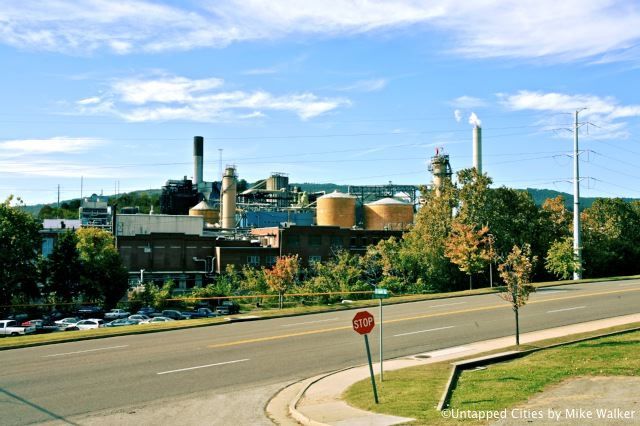 Mead-Westvaco Mill
Mead-Westvaco Mill
Covington, Virginia is one such small city. It is the county seat of Alleghany County, but the real economic basis for most of the twentieth century has been the Mead-Westvaco paper mill located there. Covington’s location on the Jackson River provides the water source necessary for paper production and it has the rail and interstate highway access to port in the raw materials needed and to ship out the finished products.
The area around Covington is rural, even rustic: The nearest town is Clifton Forge, which has been an important railroad center and beyond that, the quiet college town of Lexington. However, to really reach a large city, one would have to drive nearly an hour to Roanoke or even further to Richmond. Washington, DC, is easily a four-hour drive away.
 Downtown Covington, Virginia.
Downtown Covington, Virginia.
The architecture of Covington’s main street is typical to small American cities throughout the south and also speaks of some aspects more common to the midwest where it’s colder in the winter. The expansive use of brick in not only commercial buildings but homes—as well as the sheer size of some homes—betrays the wealth that was once here. Many homes in working-class neighborhoods are large enough to house a good-sized family and contain an attention to detail and craftsmanship (as do the retail façades downtown) that demonstrates the faith and pride America once placed in its blue-collar jobs and industrial economy.
While the paper mill is very much still in business, other light industry has left Covington for a variety of reasons. Retail has suffered greatly, not so much because of a lack of local spending power, but because the locals have discovered Amazon, et al, for their purchasing needs. We spent an hour talking to the lady who runs the Shoe Box & Sports Center, a local sporting goods store, and learned that all that really keeps them in business is high school team orders and loyal customers from decades of high school support. High school sports here, like in most small towns in the American south and midwest, are a very big deal.
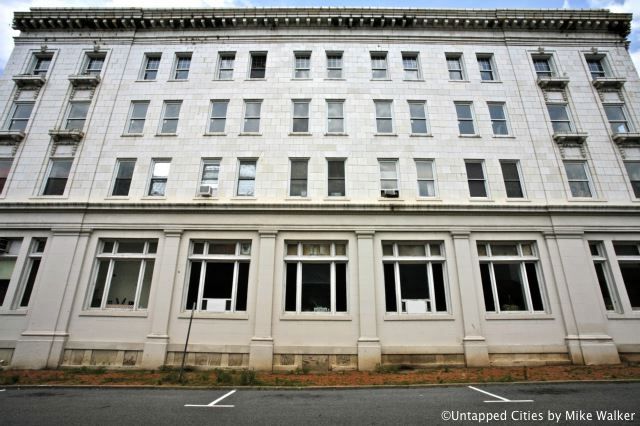
This bank building in Covington had the first electronic bank vault in the entire state.
The first bank in the state to have an electronic vault was located in Covington and we also got a tour of that building despite it being repurposed in an ad-hoc manner as a veterinary practice and, upstairs, apartments where offices once stood. Another men’s shop still stubbornly remains in business, selling suits and shirts as it would have years ago, in the same building where it was founded in the 1950s.
Back then, people would come to Covington from all over the surrounding counties to buy work-wear or back-to-school clothes. A musical instruments shop, despite its obvious state of poor repair, appears to (at least some days) still open for business. As the lady at the sporting goods store said, “you see change, but you don’t always want it”.
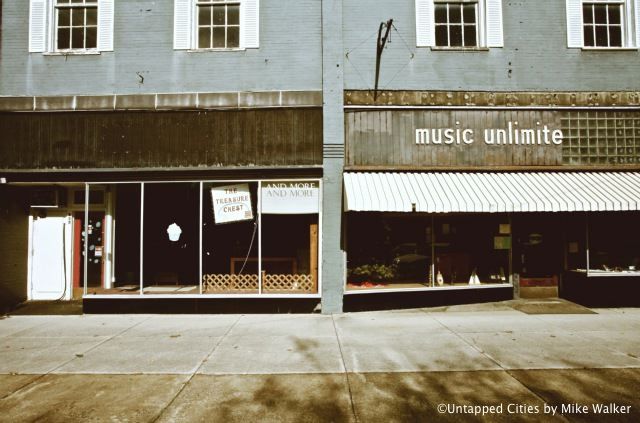
For Covington to thrive in a new century, it seems the historic office and retail space of downtown needs to be seen as a prime resource in some capacity. If the city could draw in ultra-light industry such as software development companies or tourism, that might take advantage of the welcoming, unique, built environment while also providing a more diverse economic base. Virginia has been touting its “technology corridor” in this region for some time now, and that seems one direction to explore in earnest now.

Post Office in Covington, Virginia.
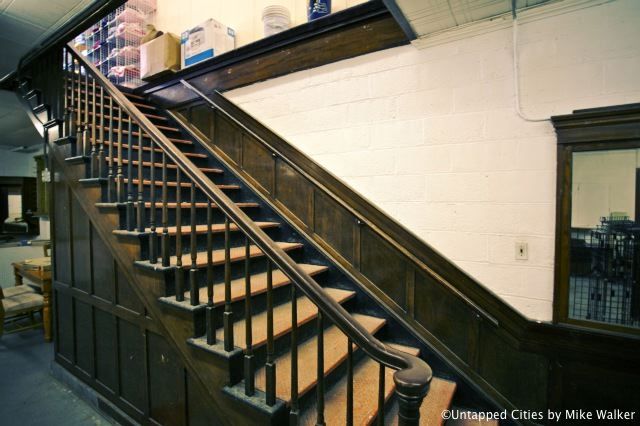
Original balustrade in the basement of Shoe Box & Sports Center store, in Covington.
Mike Walker is a journalist who studied architecture and architectural history. He has been published in Slate, Thought Catalog, the ATA Chronicle, and The Gainsville Sun.
Subscribe to our newsletter